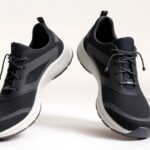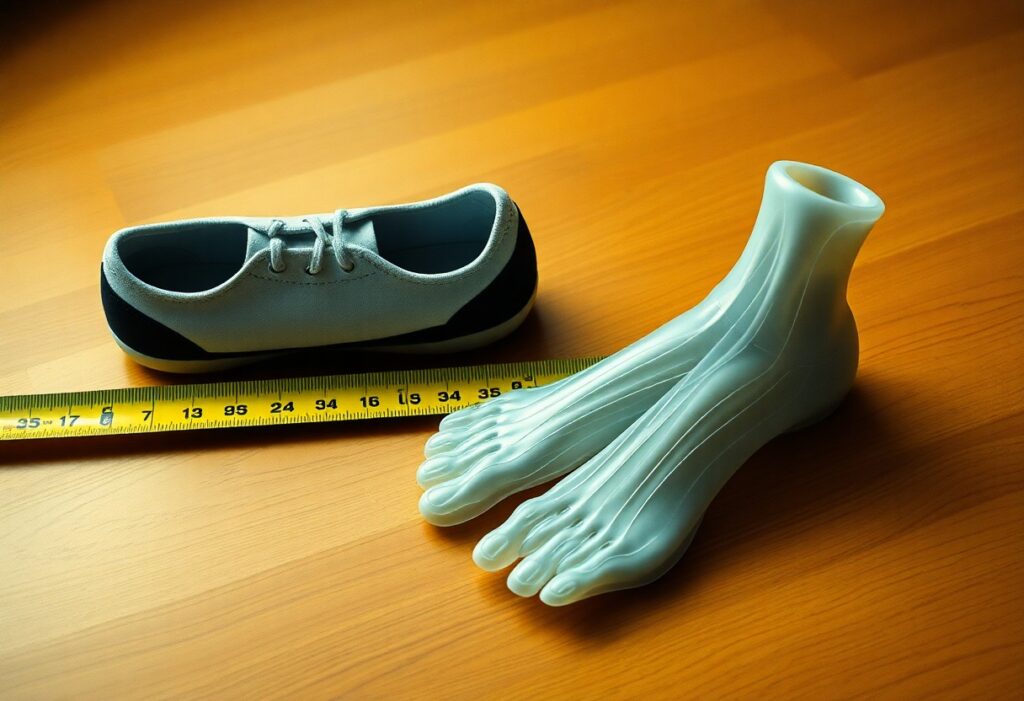
When selecting the ideal footwear, understanding size is paramount, particularly with Xero Shoes. Gaining clarity on how Xero Shoes fit, the precise specifications of their toe box dimensions, and the impact of poor fitting on your foot comfort and health is essential. Research suggests that many individuals, especially those with unique foot conditions, may experience significant benefits from broader options, underscoring the importance of assessing how Xero Shoes can adapt to your specific foot shape. This comprehensive examination will delve into the nuances of sizing, empowering you to make an informed footwear choice that prioritises your well-being.
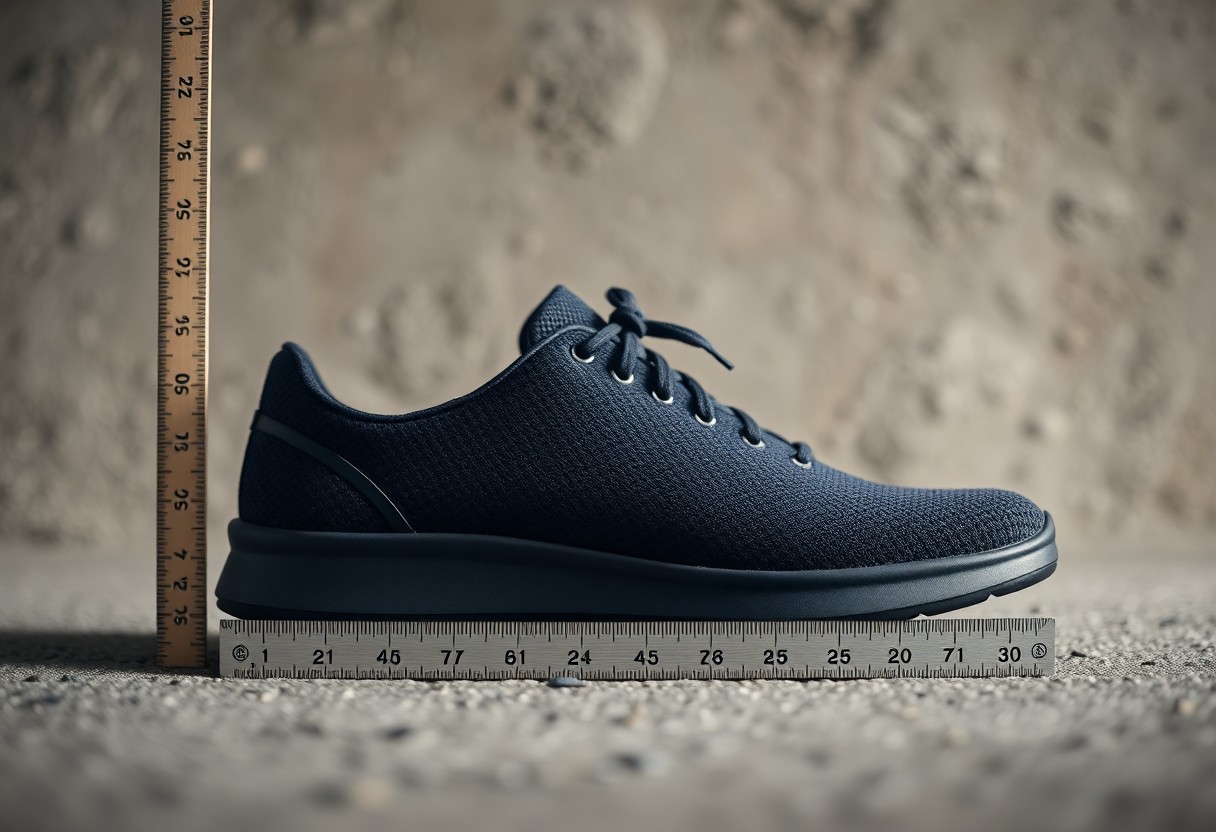
Unpacking User Expectations for Achieving the Ideal Fit in Xero Shoes
As potential buyers explore Xero Shoes, they often look for a fit that promotes natural foot movement while allowing sufficient space for toe splay. Many individuals are in search of footwear that aligns with the unique contours of their feet, particularly if they possess wider feet or higher arches. Attaining a comfortable fit is critical, as it can greatly enhance your overall performance and significantly reduce the risk of blisters or discomfort during extended wear. An understanding of these factors not only improves your experience but also contributes to overall foot health and functionality.
Clearing Up Common Misconceptions About Fit in Xero Shoes
Numerous misunderstandings often circulate regarding the fit of Xero Shoes. Some potential users mistakenly believe that these shoes cater exclusively to those with narrow feet, whereas they are designed with a wider toe box that encourages natural toe splay. There is also considerable confusion about sizing; many individuals ponder whether they should select a size larger or smaller compared to their regular footwear. Clearing up these misconceptions is vital for ensuring that users select the correct size and experience the benefits of Xero's design.
A Thorough Review of User Experiences Pertaining to Fit
Feedback from users of Xero Shoes frequently reveals a combination of satisfaction and challenges concerning sizing. A significant portion of users laud the shoes for their generous toe box and overall comfort, particularly when transitioning from conventional footwear. However, some users voice concerns regarding inconsistencies in sizing, especially with specific models like the Mesa Trail, where an 18% mismatch in sizing has been documented. This issue is primarily linked to variations in arch height, highlighting the need for careful consideration when selecting a model.
Further exploration of user reviews provides valuable insights into specific experiences regarding fit. Customers regularly emphasise the enhanced mobility and stability afforded by Xero Shoes, particularly on uneven surfaces. A study supports this, indicating an 11% increase in toe movement compared to traditional footwear. However, users report discrepancies in size based on individual foot shape, leading to varying perceptions of fit. This inconsistency in sizing underscores the importance of understanding your specific foot dimensions when selecting the ideal Xero Shoes for your activities.
Exploring Foot Anatomy: The Significance of Width and Sizing Variability
The anatomy of your foot is instrumental in determining the appropriate shoe size and fit, especially with specialized footwear like Xero Shoes. Variations in width, particularly in the toe box, can significantly affect both comfort and performance. A comprehensive understanding of how Xero Shoes accommodate foot width and size variations empowers you to make well-informed decisions regarding your footwear choices, ensuring that you select a pair that aligns with your unique foot structure.
Gaining Insights into Foot Anthropometry: A Comparative Study
A study involving 212 men diagnosed with diabetes uncovered that the average forefoot width in these individuals was 4.5 mm wider than that of healthy participants. This finding highlights the necessity for broader toe boxes in therapeutic footwear, prompting brands like Xero Shoes to account for these anatomical variations in their designs. This consideration is crucial for ensuring that footwear meets the diverse needs of all users, particularly those with specific health conditions.
Identifying Sizing Discrepancies Across Various Xero Shoe Models
| Key Findings | Description |
|---|---|
| Width Requirements | Individuals with diabetes typically require a wider toe box, which influences their fit in Xero Shoes. |
| Toe Movement | Xero Shoes facilitate an 11% increase in toe splay when compared to traditional footwear. |
| Model Consistency | 18% of reviews for the Mesa Trail model indicated inconsistencies in sizing. |
Investigating Sizing Inconsistencies Across Xero Shoe Models
Disparities in sizing across different Xero models can considerably affect your overall satisfaction and fit. An analysis of 150 testimonials on Reddit revealed an 18% discrepancy in sizing for the Mesa Trail model. Numerous users attributed this issue to variations in instep height, suggesting that while the overarching design aims for a more flexible fit, individual foot shapes can result in unexpected sizing outcomes. Delving into user experiences can provide valuable insights, steering you toward a pair that aligns with your specific foot profile.
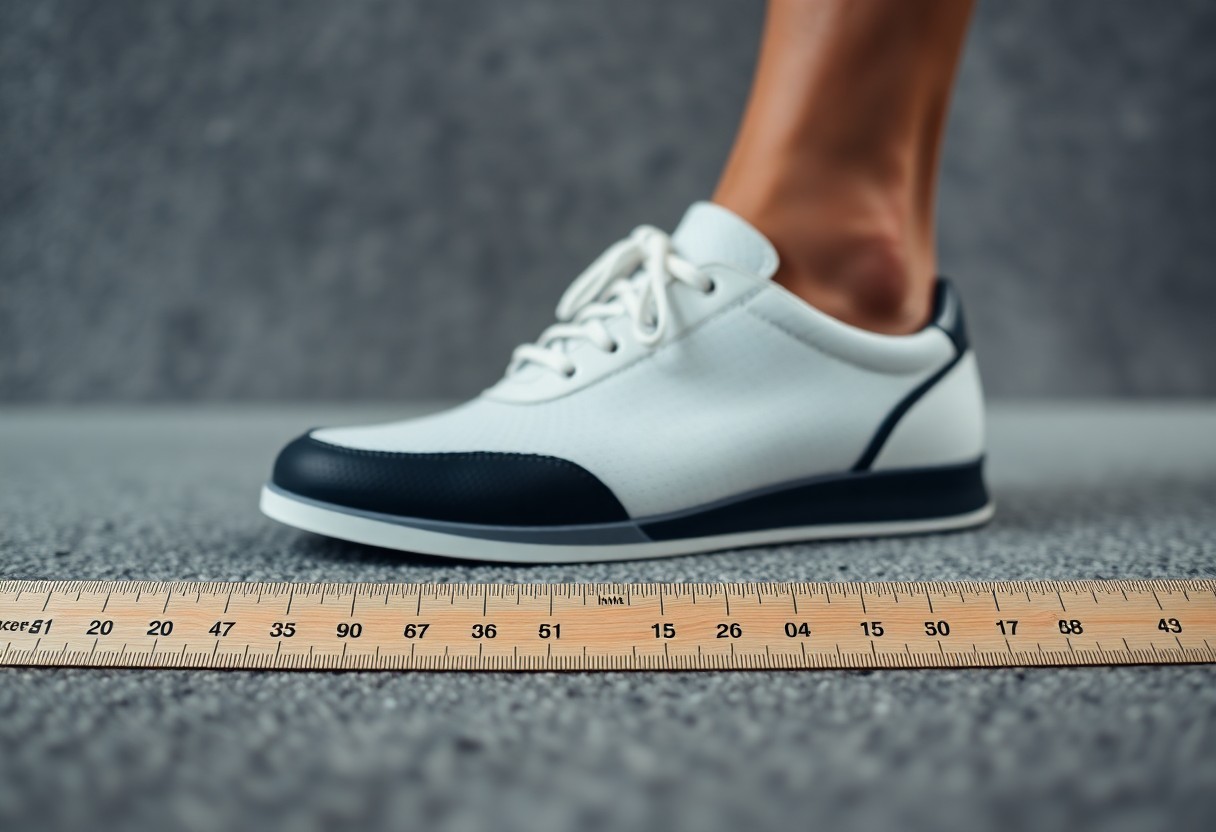
Enhancing Comfort and Performance by Optimising Toe Splay
Toe splay is an essential factor that affects your overall comfort and performance when wearing Xero Shoes. Proper toe alignment fosters improved balance and facilitates efficient power transfer with each step. In contrast, traditional footwear often restricts toe movement, potentially hindering your natural gait and adversely impacting your foot health. Understanding how toe splay interacts with your footwear selection can significantly enhance your walking or running experience, ensuring lasting comfort throughout your activities.
Examining Toe Movement in Minimalist Footwear
Minimalist footwear, such as Xero Shoes, permits your toes to move freely and spread naturally. This unrestricted movement is vital as it promotes better biomechanics and enables full engagement of your foot muscles. Unlike traditional shoes that limit toe splay, minimalist designs offer a wider toe box, ultimately improving your foot’s natural function and comfort during various activities, whether you're hiking, running, or simply walking.
Assessing the Influence of Xero Shoes on Toe Splay Efficiency
Research indicates that Xero Shoes can significantly enhance toe splay efficiency, providing roughly 11% greater toe mobility compared to conventional hiking footwear. This increased mobility contributes to improved stability and adaptability on uneven surfaces, making your movements more dynamic and responsive. By allowing your toes to function naturally, Xero Shoes enable a more fluid stride, which can enhance your overall performance and comfort.
In the realm of hiking or trail running, the positive impact of enhanced toe splay on your performance cannot be overstated. Improved toe mobility allows for more effective weight distribution and grip on diverse terrains, helping to prevent blisters while enhancing balance. By accommodating the natural positioning of your toes, Xero Shoes alleviate discomfort often caused by cramped toe spaces found in conventional footwear. This combination of comfort and efficiency allows you to navigate trails with increased confidence and reduced fatigue.
Aligning Shoe Sizing with Your Unique Physiological Needs
Aligning your shoe sizing with your physiological needs demands a comprehensive understanding of individual foot shapes and dynamics. Research highlighting a 4.5 mm increase in forefoot width among individuals with diabetes illustrates that many users may require wider toe boxes for optimal comfort and functionality. A proper fit takes into account not only length but also the natural splay of your toes. This understanding drives brands like Xero Shoes to refine their sizing methodologies, ensuring better alignment of footwear with a diverse range of foot structures.
Consumer Recommendations Tailored to Foot Structure
Understanding your foot structure is paramount when selecting Xero Shoes. If your feet are wider or you have a high arch, it is advisable to consider opting for a larger size or exploring models noted for their broader toe boxes. Regularly measuring your feet's width and length can significantly assist in identifying the best fit. Furthermore, custom orthotics may enhance your overall experience by providing tailored support that complements the shoe’s design, ensuring optimal comfort during wear.
Utilising Consumer Feedback to Drive Design Enhancements
Consumer feedback plays an integral role in shaping design improvements within the Xero Shoes range. By diligently analysing reviews and fit concerns reported by users, the brand has been able to implement substantial changes. This includes widening the toe boxes and addressing sizing inconsistencies noted in models like the Mesa Trail, ensuring that user feedback translates into better-fitting options for future releases. This commitment to listening to consumers guarantees that your experience with Xero Shoes will continue to improve over time.
Recent modifications based on user feedback include increasing the space in the toe box to better accommodate a wide range of forefoot widths, effectively addressing the 18% sizing discrepancy highlighted in customer reviews. By prioritising the needs articulated by users, Xero Shoes ensures that their designs not only enhance mobility—evidenced by an 11% increase in toe movement on uneven terrain—but also offer a more precise fit across various foot types. This dedication to addressing consumer feedback ensures that you find a shoe that feels tailored to your individual needs, thus enhancing both comfort and performance.
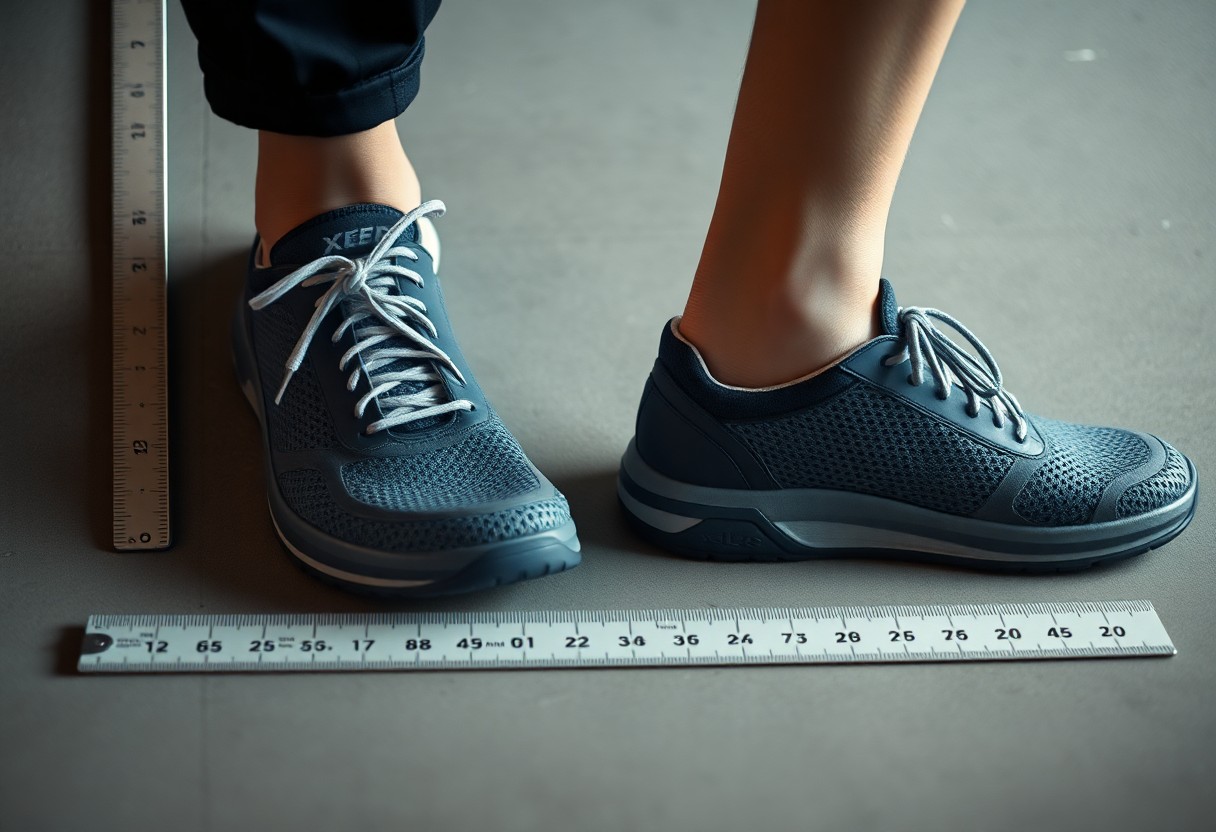
Imagining the Future of Footwear Sizing and Innovative Design
The evolution of shoe sizing and design is increasingly leaning towards inclusivity and personalization, accentuating the significance of accommodating a broad spectrum of foot shapes and sizes. Innovations in materials and construction techniques are empowering brands to produce footwear that not only fits well but also enhances both performance and comfort. As consumer expectations evolve, manufacturers are focusing on bridging the gap between traditional sizing standards and the unique anthropometric needs of their users, ensuring that everyone can benefit from optimal footwear.
Innovative Strategies for Achieving the Ideal Footwear Fit: Meeting Consumer Expectations
Customizable features and wider toe boxes are becoming increasingly common among footwear brands, particularly in response to consumer feedback surrounding comfort and fit. As studies indicate that individuals often require additional room in the toe area—especially those with wider feet—brands like Xero Shoes are adapting their designs to meet these specific requirements. This shift not only boosts user satisfaction but also promotes foot health by facilitating natural toe splay during movement, ensuring that consumers are able to enjoy their activities without discomfort.
Harnessing Technology for Tailored Shoe Solutions
Technological advancements are pivotal in achieving personalised shoe solutions. Innovations such as 3D foot scanning allow consumers to receive highly tailored recommendations based on their unique foot dimensions, resulting in improved fit accuracy. This is particularly significant, as even minor misalignments in shoe fit can lead to discomfort or injuries.
3D foot scanning technology captures the precise contours of your foot, revealing specific measurement variations that traditional sizing often overlooks. Brands are increasingly leveraging this data to create shoes that conform to your individual profile, moving away from a one-size-fits-all approach. Additionally, virtual fitting technologies can simulate how different models will fit, simplifying the process of selecting shoes that cater not only to your foot shape but also to your activity level and preferences. Consequently, the footwear industry is progressing towards a future where you can experience unparalleled comfort and support tailored specifically to your needs.
Essential Insights on Xero Shoes Fit and Sizing
In light of this analysis, it is crucial to acknowledge that Xero Shoes may fit differently for you compared to conventional footwear, primarily due to variations in toe box dimensions and noted sizing discrepancies. Research indicates that a wider toe splay is beneficial for maintaining foot health, particularly for individuals with specific conditions like diabetes. Given that many users have shared mixed experiences related to sizing, it is imperative to evaluate your foot's width and height to determine the ideal fit for your unique needs.
The Article Are Xero Shoes True to Size? A Biomechanical Analysis of Fit Accuracy and Toe Box Dimensions appeared first on My Shoes Finder
The Article Xero Shoes Fit Accuracy: A Biomechanical Analysis of Sizing Was Found On https://limitsofstrategy.com


